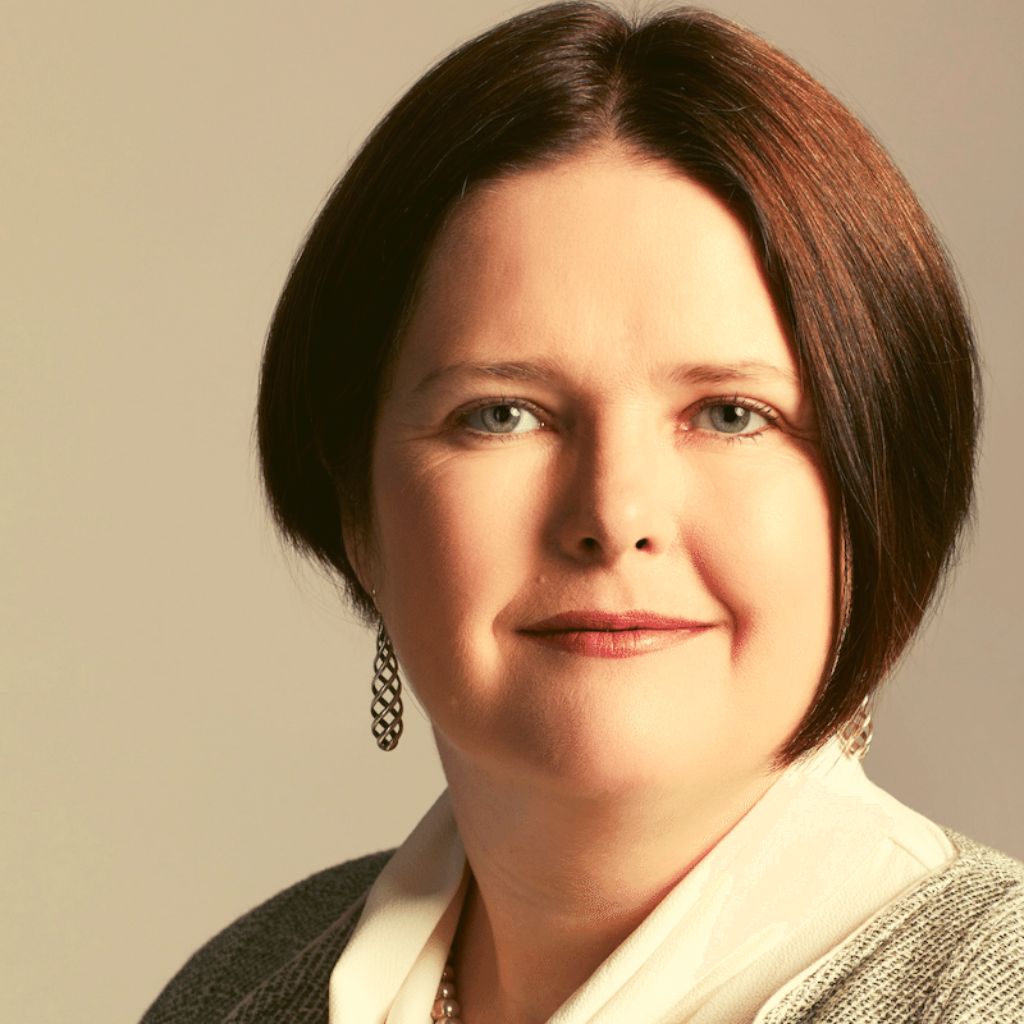A trademark is words or a logo* that distinguish your goods or services from those of other traders. Doing a trademark search in Australia before using a new one is essential to avoid expensive problems later.
The first step in applying for a trademark is to search the Australian Trade Marks Register and similar registers around the world to check whether there is an existing identical or similar trademark. It is important to search because if your trademark is too similar to another trademark, you could be prevented from using it even after you launch, and also have your own application to register refused.
If you use a trademark that is already registered without the permission of the owner, you may be sued for infringement, prevented from selling stockpiled product and have to pay damages and legal costs (depending on the country).

It is helpful to understand the different types of trademarks, and how they are classified. This will help you to identify relevant trademarks when you conduct your search. There are two main types of trademarks, word marks and logos (device marks). When a trademark is registered, it is registered for specific products or services. Those products and services are divided into various categories, known as classes, and application fees depend on how many classes are needed.
Word marks are words, phrases, letters or numerals that are used to distinguish your goods or services from those of other traders. Device marks are pictures, logos or other designs that are used to distinguish your goods or services from those of other traders. There are 45 classes of goods and services. Examples are Class 1 – Chemicals; Class 9 – Electrical and scientific apparatus; Class 25 – Clothing.
Before you pay a professional to do a thorough search and give an opinion on whether earlier registrations really are a problem to you or not, most of our clients like to have a quick look themselves at the options they are considering, just to see what else is out there and if there is an obvious knockout registration barring the way. However, it’s important to remember that sometimes even an ‘obvious knockout’ is sometimes easy to get around, while other times something that didn’t seem so relevant turns out to be a huge problem.
To begin your trademark search, in Australia go to IP Australia’s Australian Trade Marks Search and enter your proposed trademark ideas.
Narrow the search down in Advanced search, using the class of goods or services you want to register your mark in. After you have entered all the relevant information, click on the ‘Search’ button. The results of your search will then be displayed on the screen. Even if no results are found, this does not mean that your trademark will necessarily be accepted for registration. The examiner may still object to your trademark on other grounds.
If you are likely to sell internationally (most of our clients do, we are international specialists) the best free public access database for easily viewing registered trademarks in other countries is the Global Brands Database operated by the World Intellectual Property Office, which also administers the international registration system for trademarks.
Checking that your trademark is clear from the start can save tens (or even hundreds) of thousands of dollars later, by avoiding a re-brand and the legal costs associated with a mark that was difficult to register or being sued for trademark infringement. Consider it an essential form of insurance for any new business.
*It can also be a word, phrase, letter, numeral, shape, colour, picture, a three-dimensional shape, sound, an aspect of packaging or a combination of these!
This is the first article in our trademark basics series. Plain English disclaimer: This is not legal advice and seeking information specific to your situation is essential.!

